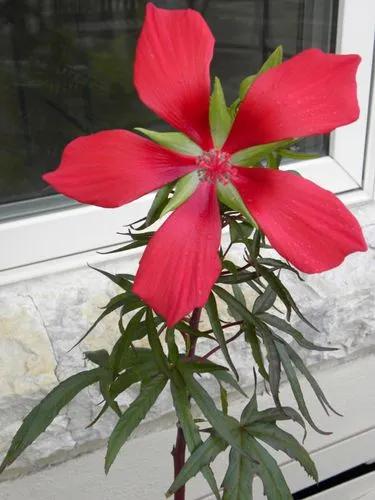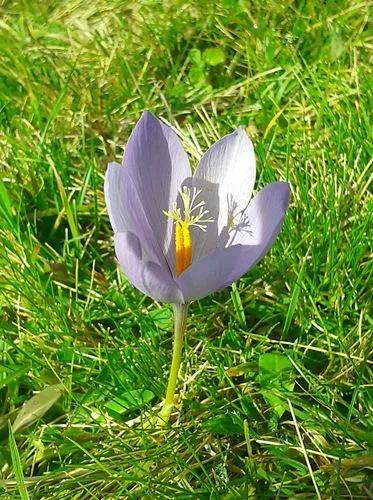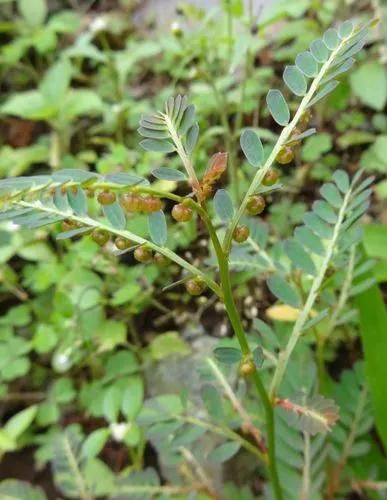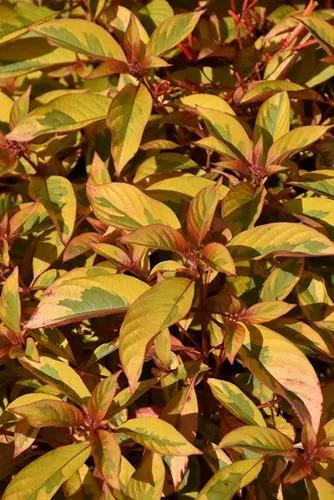Night-blooming jasmine (Cestrum nocturnum), also known as night-blooming jessamine, isn't a true jasmine. It's a tropical evergreen in the nightshade family that grows wild in the Caribbean and Central America.
Night-blooming jessamine Care
Cestrum nocturnum
Other names: Night-blooming Cestrum, Raatrani, Queen Of The Night, Night Jessamine, Lady Of The Night



Commonly known as night blooming jasmine, night blooming jessamine, or lady-of-the-night (Cestrum nocturnum), it is not a true jasmine, at all, but is a jessamine plant of which are members of the nightshade (Solanaceae) family along with tomatoes and peppers. Jessamine plants are oftentimes referred to as jasmines because of their highly fragrant flowers and because their names are so similar. Like jasmine, jessamine plants can be shrubs or vines. Night blooming jessamine is a tropical evergreen shrub. Night blooming jasmine grows 8-10 feet (2-3 m.) tall and 3 feet (91 cm.) wide. Its evergreen nature and tall but columnar growth habit makes night blooming jasmine an excellent candidate for privacy hedges and screens. It bears clusters of small white-green flowers from spring through late summer. When the flowers fade, white berries form and attract a variety of birds to the garden.
How to Care for the Plant

Water

Most shrubs require an average amount of water. if you receive about an inch (2.5 cm) of rainfall every 10 days or so, your plants will be fine. if it gets really dry, you can give your new plants a good, thorough soaking with a hose. the best way to do this is to let your garden hose trickle slowly.

Pruning

Never remove more than a third of the foliage in any one year and to cut just above a node on the stem.

Fertilizer

As with most houseplants, they will benefit from an occasional feed during the growing season. An organic, balanced, liquid fertilizer once a month during spring and summer is recommended.

Sunlight

Partial sun generally means less than six and more than four hours of sun per day. Plants for partial sun will do well in a location where they receive a break from the sun each day. They like the sun but will not tolerate a full day of it and need at least some shade each day.

Soil

The East window is often considered the best window for houseplants as its cooler than the west window without the dangers of overheating. West windows received full sun for part of the day and bright light for the rest, great for flowering plants.

Temperature

The plant can be grown in the areas with the lowest winter temperatures of −12.2°C (10°F).

Container

Here’s a handy guideline: increase pot size by 2.5-5 cm (1 to 2 inches) in diameter for plants that are growing in pots 25.4 cm (10 inches) in diameter or less. For larger plants, those growing in pots greater than 10 inches in diameter, increase the pot size by 5 or 7.62 cm (2 or 3 inches) in diameter.

Popularity

6,379 people already have this plant 720 people have added this plant to their wishlists
Discover more plants with the list below
Popular articles






